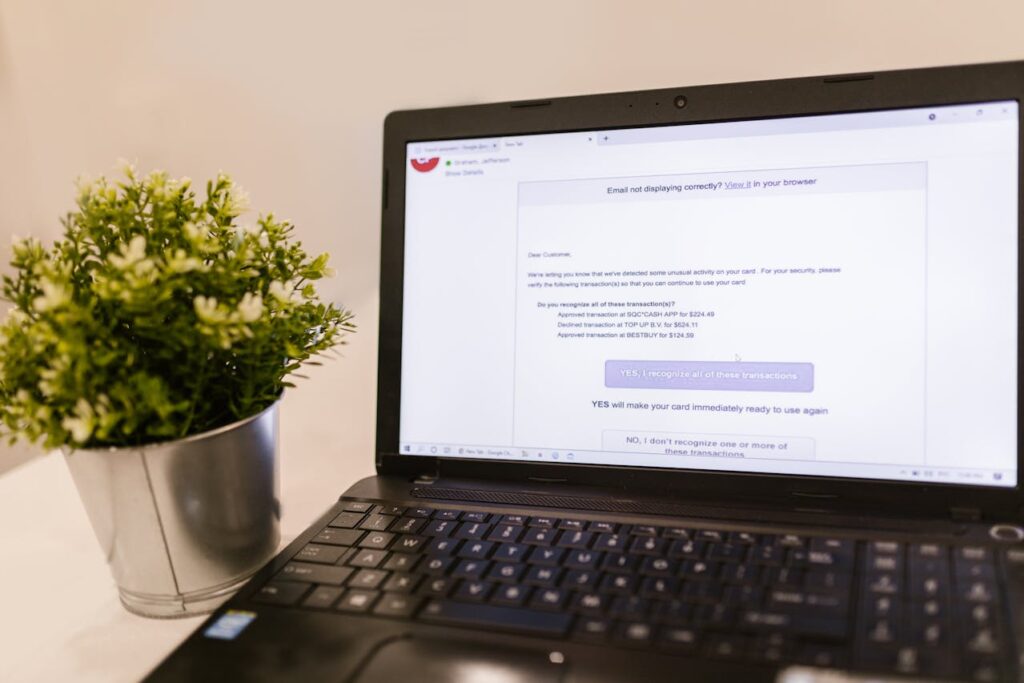Automated approval: getting started with the tool
Email marketing allows you to run effective campaigns and deliver personalised messages to your target audience. Although the sending of emails is automated, most actions in email marketing require direct human involvement. This involves approving campaign elements such as targeting, creating and approving the strategy plan. Reviewing and approving each of these takes a lot of time, resulting in a significant decrease in efficiency and an increase in campaign launch time. The optimal solution in this case is automated approval, which reduces the time spent on approval and manual review.
How the process works
As well as saving time, automated approval helps to make every element of campaign preparation and execution as transparent as possible. To this end, the tool uses a clear structure to optimise each action. Thanks to a pre-designed mechanism, specialists can send emails that align with the strategy’s objectives, the brand vision and the requirements adopted by the company. To achieve such results, the documentation of the tool must include:
- the different roles;
- a description of the responsibilities of each role;
- different levels of approval rights.
It is essential to recognise that an automated approval process is not a substitute for written approval. Its primary purpose is to provide transparency in allocating roles and responsibilities. When a specialist with approval rights performs an action, it is immediately visible in the programme. In this way, the workflow chain of each person can be traced.

Especially when dealing with complex tasks, automated approval cannot completely eliminate human intervention. In this case, the tool helps to facilitate the specialist’s work, but the human still has the final say. This means that even pre-approved emails can be rejected or blocked. This mechanism makes it possible to react quickly to situation changes and choose the most effective solution in specific circumstances.
Automated approval includes processes such as:
- the content of the email;
- its design
- the sending schedule
- targeting, etc.
The level of automation depends on the specifics of the business, marketing objectives and other factors. In this case, it is important to rely on the workflow that the company has adopted.
Getting started
When using the tool for the first time, it is better to set aside a part of the processes for automation. As you get to know the programme and the possibilities it offers, you can add to this list as required. There are some recommendations which should be in place during the implementation of the system:
- developing a clear hierarchy and roles;
- regularly review the responsibilities of specialists to optimise them;
- gradual scalability;
- training staff to work with the tool.
Recognising that innovation always takes time to overcome inevitable difficulties and adapt the system to business needs.
